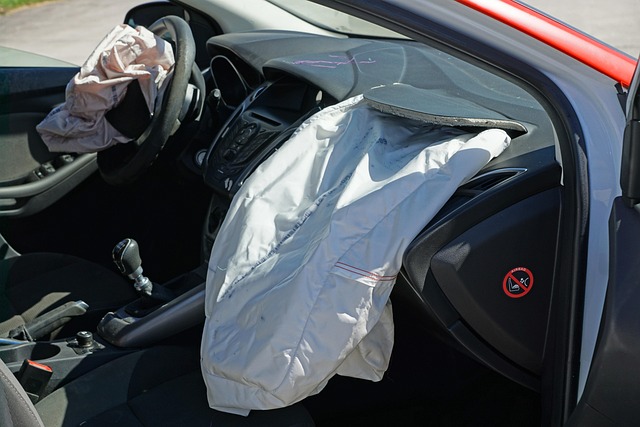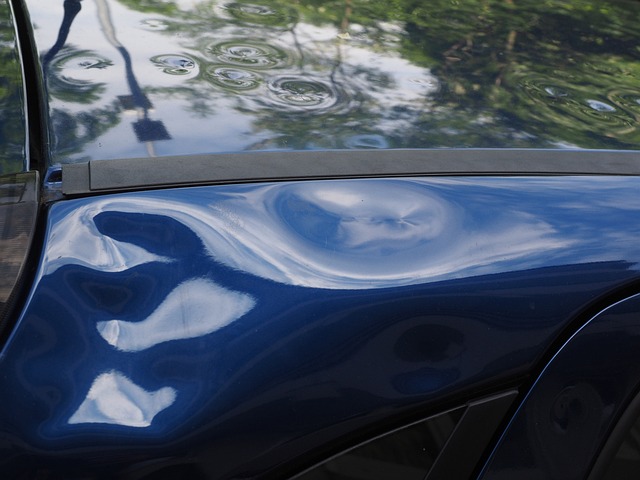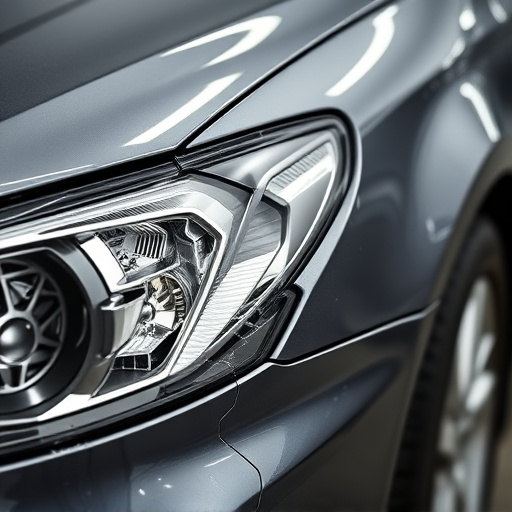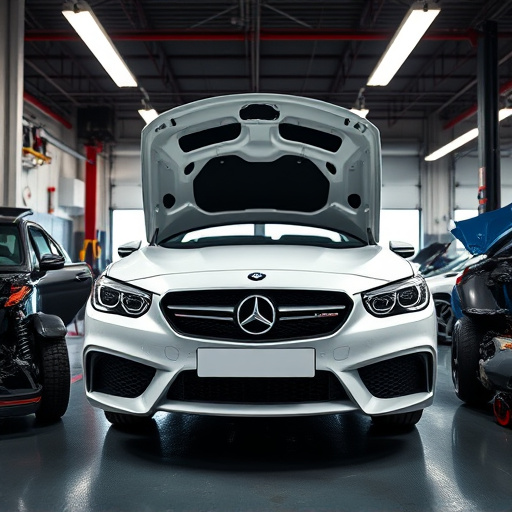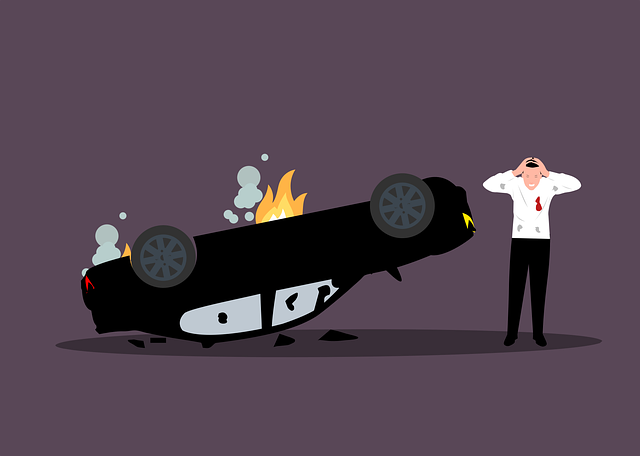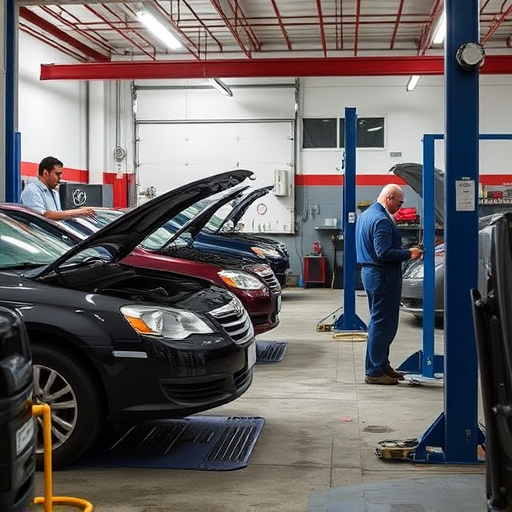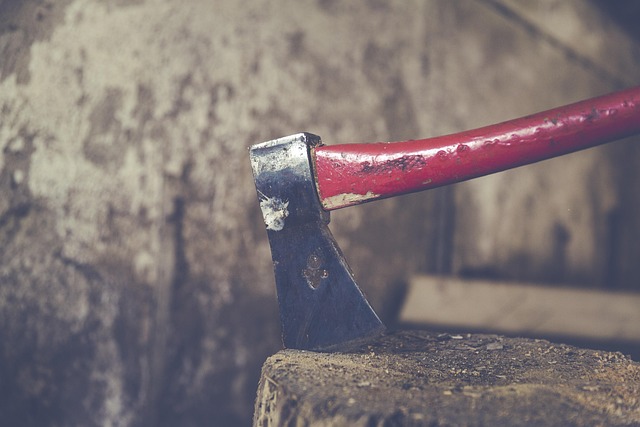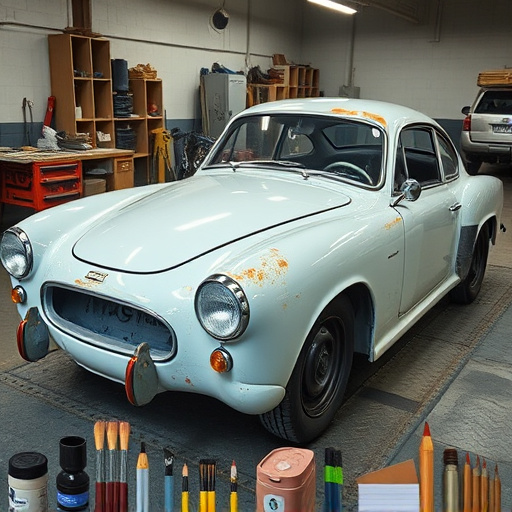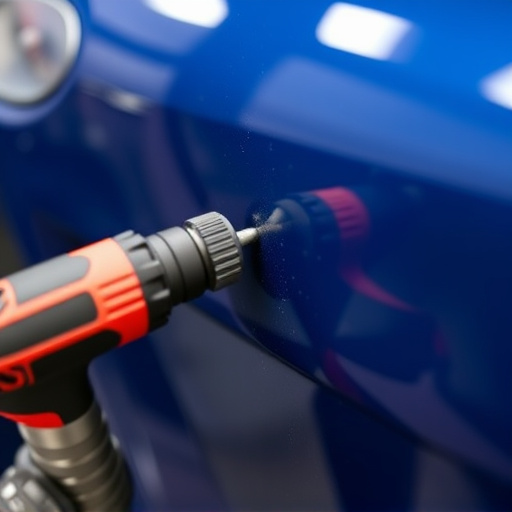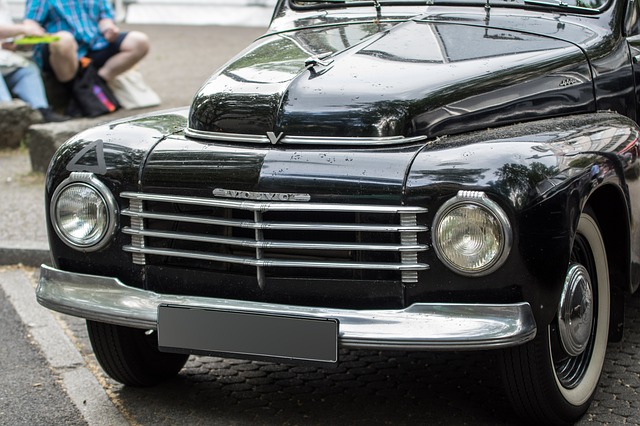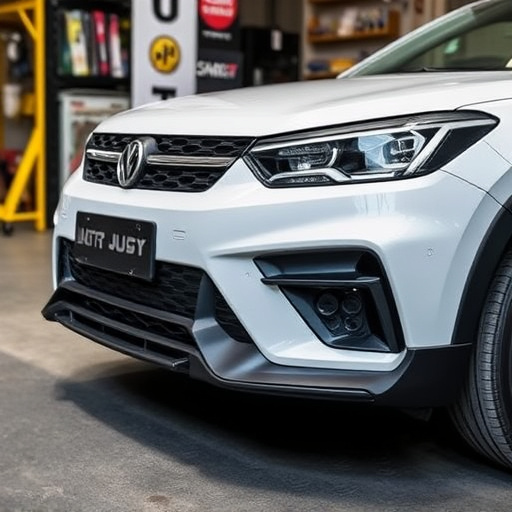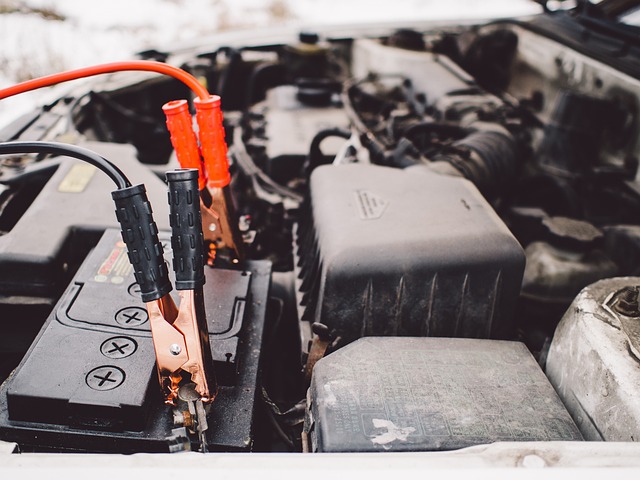Metal fabrication collision repair begins with a meticulous initial assessment by skilled technicians who use specialized tools and non-destructive testing (NDT) techniques to inspect vehicle parts, including frame, body panels, and auto glass. This involves documenting damage through detailed photographs, measurements, and digital scanning to devise a comprehensive repair plan addressing immediate fixes and long-term structural stability. NDT is vital for identifying hidden flaws and ensuring accurate repairs that prioritize safety, quality control, and optimal restoration of vehicle components, from underbody to cosmetic details.
“Unraveling the intricacies of metal fabrication collision repair processes is a complex yet vital art. This comprehensive guide delves into the step-by-step transformation of damaged metal structures, from initial assessment to final inspection.
We explore essential aspects like evaluating metal damage using non-destructive testing, developing tailored repair strategies, and employing various techniques such as welding, machining, and surface treatments. Additionally, we emphasize quality control measures, ensuring every collision repair meets industry standards and delivers superior, safe results.”
- The Initial Assessment: Evaluating Damage and Planning Repair
- – Understanding the extent of metal damage
- – Non-destructive testing methods
The Initial Assessment: Evaluating Damage and Planning Repair

After a metal fabrication collision, the initial assessment is paramount to understanding the extent of damage and planning the most effective repair strategies. This involves a meticulous inspection of the affected vehicle parts, particularly the frame, body panels, and auto glass. Skilled technicians use specialized tools and techniques to evaluate structural integrity, identify cracks, dents, and deformations, as well as determine if any components require replacement or frame straightening.
During this phase, careful documentation of the damage is crucial. This includes detailed photographs, measurements, and digital scanning for accurate analysis. Based on these findings, a repair plan is devised, taking into account not just immediate fixes but also long-term structural stability and performance. This comprehensive approach ensures that when it comes to auto body repair, including frame straightening if needed, every aspect of the metal fabrication collision repairs is addressed systematically.
– Understanding the extent of metal damage

When it comes to metal fabrication collision repairs, understanding the extent of damage is a crucial first step. After any auto collision repair or vehicle paint repair, it’s essential to thoroughly inspect the affected area. This involves visually examining the metal for dents, creases, and any structural integrity issues. Professionals use specialized tools like impact hammers and precision measuring devices to gauge the depth and location of damage, ensuring no hidden problems go unnoticed.
The process also includes assessing whether the collision has compromised the overall strength and stability of the metal components. This is especially critical in automotive collision repair where safety is paramount. By accurately determining the severity and nature of metal damage, technicians can devise an effective plan for restoration, be it through straightening, welding, or other specialized techniques, ultimately ensuring a seamless and durable vehicle paint repair.
– Non-destructive testing methods

In the realm of metal fabrication collision repairs, non-destructive testing (NDT) methods play a pivotal role in ensuring structural integrity and precision. These advanced techniques allow professionals to assess damage without causing further harm to the metal components. NDT includes various tools such as ultrasonics, radiography, and thermal imaging, which enable thorough inspections, identifying hidden cracks or weaknesses that might go unnoticed through visual inspection alone. By employing these methods, auto frame repair specialists can accurately diagnose issues in a car’s underbody, ensuring every part is in optimal condition before proceeding with repairs, including meticulous auto detailing to restore the vehicle’s aesthetic appeal.
Moreover, non-destructive testing is crucial for quality control during and after collision repairs, especially when performing delicate tasks like car paint repair. It helps in making informed decisions about replacement parts, enabling technicians to choose the right materials and methods for each unique situation. This meticulous approach not only guarantees the safety and reliability of vehicles but also ensures that every repair, from structural to cosmetic (like auto detailing), meets the highest standards of precision and quality.
In the realm of metal fabrication collision repairs, a thorough understanding of the process is key to ensuring optimal outcomes. By expertly navigating The Initial Assessment phase, including meticulous damage evaluation and employing non-destructive testing methods, technicians can effectively plan repairs. This systematic approach guarantees that every metal fabrication collision is handled with precision and efficiency, delivering top-quality results for all automotive needs.
